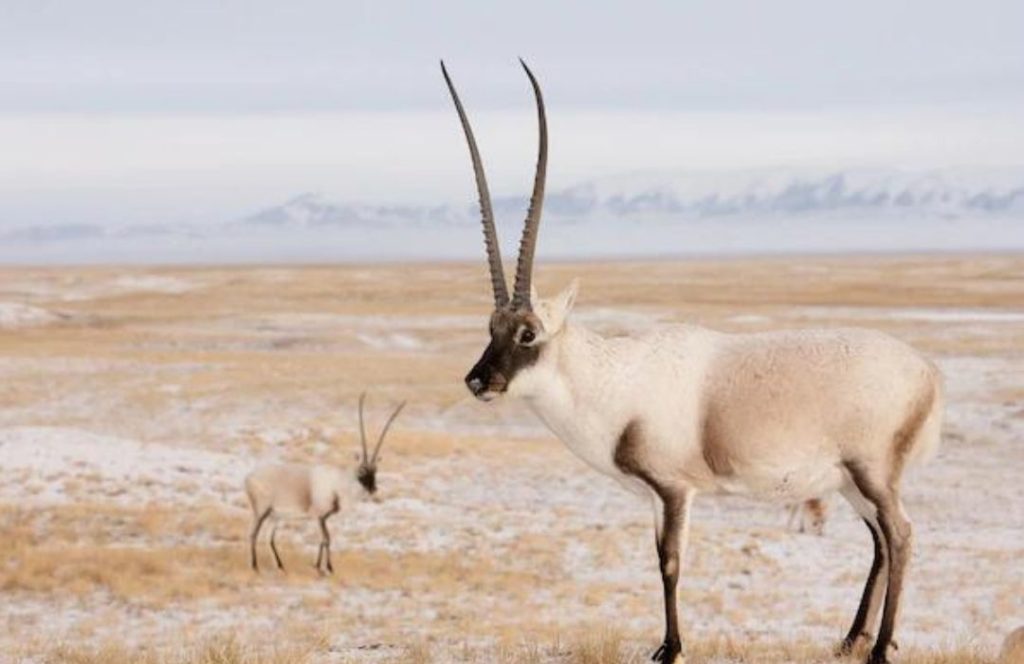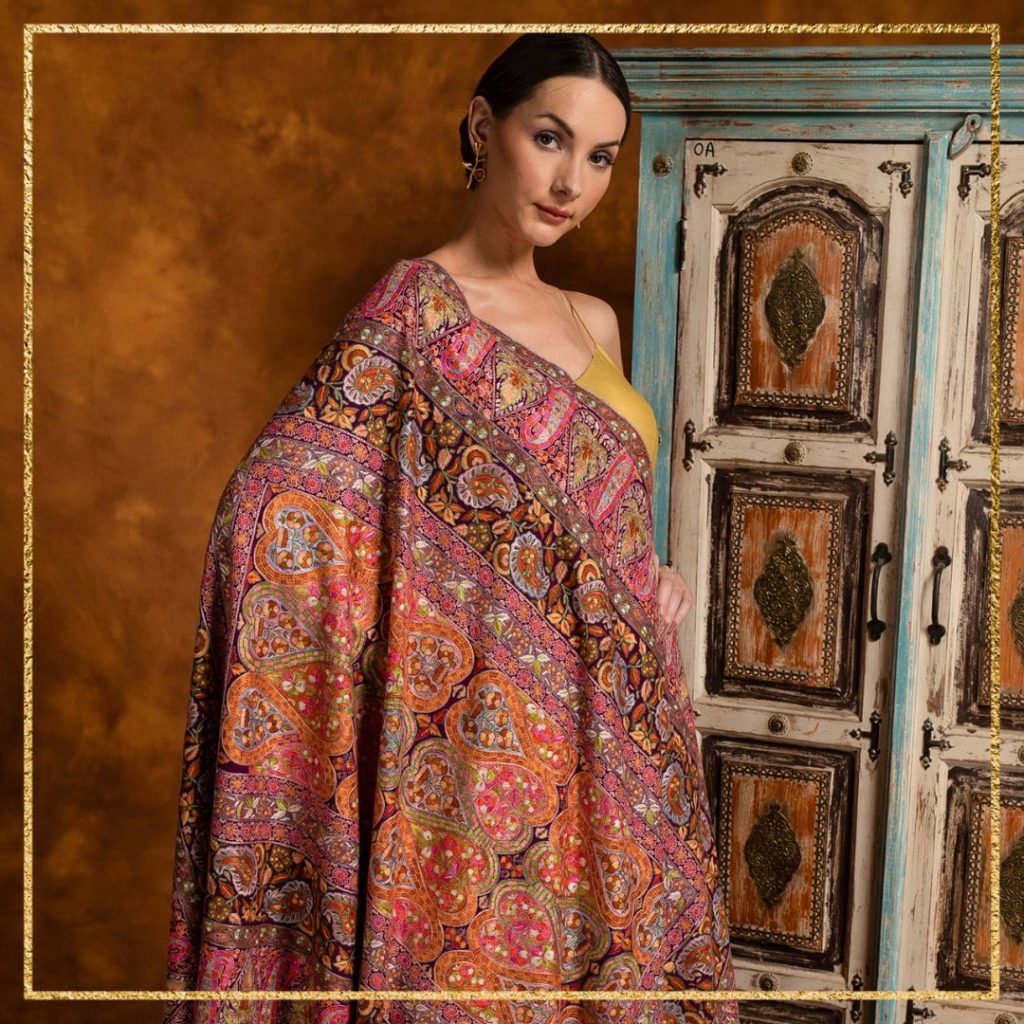A very common comparison, when it comes to winter accessorizing, is between Pashmina and Shahtoosh. Shahtoosh is called the king of shawls, while Pashmina has its own admirers. Which one is better and why, we will find out.
Shahtoosh shawls, simply called toosh shawls are luxury shawls made from one of the most expensive fibres in the world. Shahtoosh is a Persian word. It is made up of two words - 'shah' meaning 'king' and 'toosh' meaning 'wool'. Hence it literally translates to the king of wools. Such was the softness and warmth of a Shahtoosh shawl
What is a Shahtoosh shawl?
Shahtoosh shawl is one of the finest wraps in the world. Each of its fibres is known to be just 8-10 microns in diameter. That is around one-sixth of human hair. The fabric is used to make luxury shawls, scarves, and accessories.
It is believed that King Akbar was the biggest patron of Shahtoosh shawls. In fact, he was an owner of a few pieces. It was King Akbar who popularized the processing of Shahtoosh wool and it became the major source of income for the valley as well as Mughal rulers of that time. Shahtoosh shawls were back then reserved for Royals only, as well as affordable by them only. They were a status symbol for the elite and affluent class. Till its ban, Shahtoosh was worn by brides on their wedding days.
What is the Shahtoosh shawl made of?

Shahtoosh comes from the Tibetan antelope called Chiru locally. Chiru is found in the Tibetan plateau and is found over 5000 meters above sea level. Chiru grows Shahtoosh wool as a down coat to survive the extreme weather conditions up there. The Shahtoosh shawl is made using this down a coat of the Chiru.
Shahtoosh shawl making is one of the most intricate crafts in the world. Only highly specialized artisans in Kashmir valley mastered this. The weavers and spinners of Shahtoosh were dedicated artisans and made only Shahtoosh shawls. Shahtoosh shawls are handmade over a traditional wooden handloom by decades-old experienced weavers.
Shahtoosh threads are super fine, and hence one cannot even think of placing them in a machine. Hence every process is done manually. It takes from a few months to a year to complete a solid Shahtoosh shawl.
Why is Shahtoosh more luxurious than Pashmina?
One superfine Shahtoosh shawl weighs just 350 grams (size 100*200 cm). Hence it takes wool from 3-4 antelopes to produce one shawl, as one Chiru produces just 125 grams of Shahtoosh. This makes Shahtoosh shawls highly-priced.
One more reason why Shahtoosh is almost unaffordable is the luxurious feel and warmth. The shawls are literally unparalleled when compared to any other fabric in the world. These are lightweight and can be passed through a finger ring. For this reason, Shahtoosh shawls were called "ring shawls". When wearing a Shahtoosh shawl, one would not even feel it over his body, but only the immense warmth it provides.
Ban on Shahtoosh
The UN Convention on International Trade in Endangered Species of Wild Flora and Fauna (CITES) banned Shahtoosh in 1975. The reason was animal cruelty. About 20,000 Tibetan antelopes were killed every year for the production of the Shahtoosh shawls. Hence, their population declined significantly. From around a million antelopes, the number shrunk to just 75,000 approx. Chiru became an endangered species, and this led to a worldwide ban on the production of the Shahtoosh shawl.
Also read: WHAT YARN IS SIMILAR TO CASHMERE?
Is Shahtoosh better than Pashmina?
As far as quality, grace, warmth, and comfort are concerned, Shahtoosh is an unmatched fabric that gives one an extraordinary feeling of luxury. It is super light and comfortable, as well as the most luxurious fabric on earth. But when it comes to being ethical and moral, Shahtoosh, unfortunately, proves to be the cruelest form of luxury. A large number of Chiru antelopes have brutally been killed in the past before a Shahtoosh shawl has come into existence.

On the other hand shawls, even though less luxurious and opulent as compared to Shahtoosh, do not involve any type of animal cruelty in their processing or acquisition. As opposed to the common belief that Pashmina goats are killed to acquire their wool, these goats are domesticated and carefully handled by their herders. Wool from their bodies is not sheared but gently combed off professionally using specialized tools and techniques so that the animal is not harmed. Even after that, the processing of a Pashmina is similar to shahtoosh as both are processed manually to produce products.
As admirers of Pashmina as well as ethical and responsible humans, we would at all times believe that Pashmina is far better when it comes to comparison with Shahtoosh. Pashmina is warm, lightweight, luxurious as well as ethical to wear and buy.
Also read: WHAT IS THE WORLD FAMOUS PASHMINA?